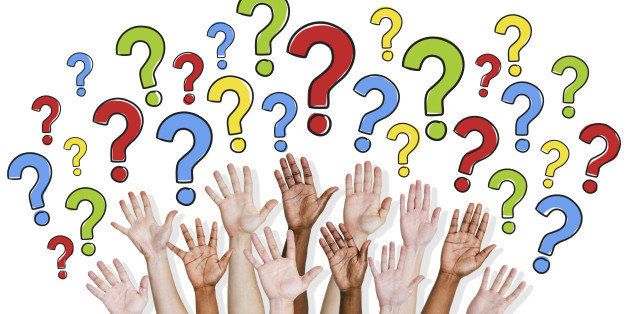
Children, regardless of the backgrounds they come from, may struggle with learning to read. Yet, no other skill is more important than the ability to read and understand, as reading is the gateway to all other knowledge. As they come across with more reading materials through the years of school, they would need to learn new theories and concepts which may challenge their current reading ability. Hence, it is important that your child practises various comprehension strategies to aid them master their reading comprehension skills. Here are 8 reading comprehension strategies that your child can explore and apply to improve their comprehension skills in school and exams:
Visualisation
Imagine. Create. Understand
Use your imagination to create a mental image of the text. Creativity comes into play as you will need to form images in your mind so that you can get a clearer picture of the situation and meanings being presented in the text. This is especially helpful as creating mental images may allow you to imagine the sound, taste and smell that might help to form a full complete scenario to understand the text better. One tip to learn and put this strategy into practice is to start reading a text that you already know. As you read it aloud, create mental images from the text to visualise a storyboard in your mind. Repeat this process with different types, length and complexity of texts until you become familiar with this strategy.
Ask Questions
Asking questions might be one of the most effective way to help you explore the text in depth. It allows you to think, and focus on what the text is trying to convey or teach you, rather than simply reading the words in passing without knowing the actual message of the text. Start practising this strategy by listing down any questions that come to your mind when reading the text, or questions that you think will be discussed later in the text. Then, start looking for answers within the text (Tip: Sometimes you have to infer and read between those lines!). Asking questions will allow you to focus on understanding the text in a deeper perspective and also increase your focus while reading the text.

Inferring
Inferring means you get to play a detective role in understanding the meaning of the text and interpretating words that are not directly mentioned. This involves the need to apply critical thinking skills so that you can read between the lines and decipher the text in depth.
Referencing to Your Background Knowledge
Use your background knowledge or experience to connect to the text you’re reading. This strategy is useful especially for those who are widely exposed to different topics. The more background knowledge you have over a certain topic, the better you will be able to understand the text you are reading. As you read a text, pick out the facts that you are already familiar with, and see what are the other pieces of new information that you can associate and learn from it.
Being Aware of Your Thought Process
It is important that you are cognitive of your thought process when you are reading a text. Focus on your way of thinking and analyse your understanding of the text, as it will help you to understand your thought process and filter which information is new, what questions you may have, and what background knowledge you already may have from this text. One way to learn this strategy is to read the text aloud and start thinking about questions you may have and also analyse what you understand from this text. This way, it helps you to be more aware of your thought process. That being said, you might want to silently read out the text in your exam papers and analyse your thought process in your mind, so that you will not get into trouble with your exam invigilators!

Analysing The Structure of Text
This strategy is all about your capability to understand and analyse how a text is being structured. Think about how the author of the text could have structured the text based on the way they organised their thoughts – problem-solution, cause-effect or matrix pattern. Being aware of the pattern in the text will help you to comprehend the text better. Try reading aloud a text, jot down the key points as you read them, and think about your thoughts regarding each key point. At the end of it, you will have the key points of the text, together with your thoughts, questions, and conclusions listed down.
Summarising
This strategy means retelling the same story in your own words. Pick out the main points of the text, consolidate them together accordingly and try to present the same main idea in your own summary. It is important to note that while doing this, main ideas and pointers should not be lost or changed when trying to retell the same story in a different manner. Try writing your own summary and compare it to the original text to make sure you included all the key points. Keep practicing until you are able to confidently pick out and retell all the key points easily in every text you read.
Determining Importance
Aside from being able to identify key points in a text, it is also useful to be able to prioritise and rank the key points in order of importance. A simple way to practise this is to use post-it notes for each key information you pick up within a text, and then ranking these information/post-it notes based on their importance. This will help you to identify the main message of the text and also allow you to deduce each key point accordingly.
Reading comprehension can be challenging for anyone, even adults like ourselves, especially when it is regarding a topic that we may be unfamiliar with. Try using one of these reading comprehension strategies above to help you develop the right skills to understand any given text alongside with any hidden meaning that may not be presented in words. An important tip is to practice and alternate between these techniques regularly, so that you will be able to use the best fit strategy for any given text, regardless of its complexity.